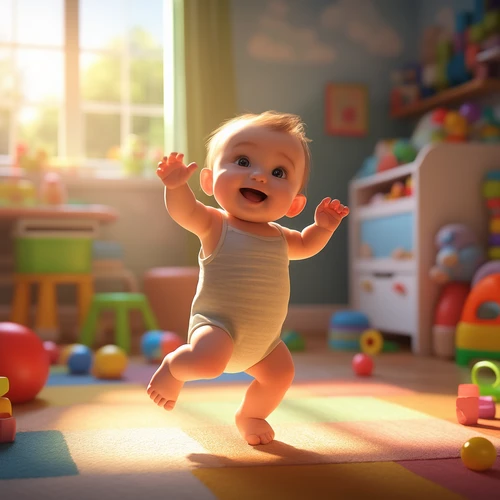Music and movement are more than play. In the first months of life, infants are continuously learning about rhythm, space, and body awareness. Scientific studies show that responsive musical cues can enhance neural connectivity, especially in regions linked to language and motor planning right from the womb.
When parents sing or hum, the rhythmic pulses encourage babies to lift their shoulders, roll over, or even start waving. By integrating gentle sway or mild dance into everyday routines, you create a safe, predictable environment that promotes motor skill acquisition and fine-tunes vestibular processing.
Research from child‑development institutes demonstrates that infants exposed to music exhibit higher heart‑rate variability—a sign of better emotional regulation. This subtle physiological balance translates into calmer, more secure attachment, which further supports language acquisition and social communication.
Practical application is simple. During diaper changes, drape a soft blanket and play a lullaby while gently rocking the baby in a parent‑held seated position. During tummy time, let a playful melody accompany stretching exercises. Even a six‑minute dance break after lunch can amplify alertness and readiness to explore.
Older toddlers benefit from structured movement sessions—think “musical chairs” where each new tune signals a change in activity, encouraging them to hop, skip, or crawl in time. The rhythm trains body awareness while music adds an emotional layer that keeps the child engaged.
Health professionals increasingly recommend “music‑movement therapy” as a low‑cost, non‑pharmacological intervention. Even those without a musical background can use simple songs or rhythm patterns; what matters most is consistency, pace, and, above all, the interactive bond crafted with the child.
In summary, weaving music and movement into daily life nurtures motor milestones, emotional balance, and parent‑child bonding. Start today, keep the tempo steady, and watch your little one’s world expand in harmony and motion.


